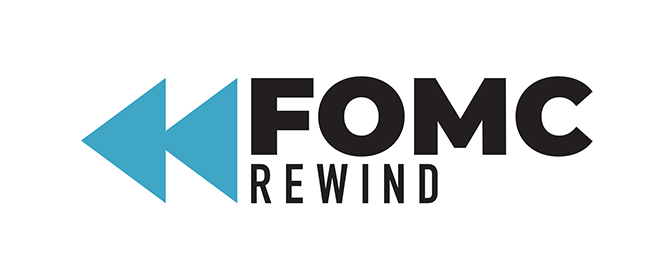The Federal Open Market Committee (FOMC) raised the target range for its short-term policy rate, the federal funds rate, 0.75 percentage points at its June meeting. In its post-meeting statement, the FOMC reiterated that inflation remains elevated, reflecting supply and demand imbalances related to the pandemic, higher energy prices, and broader price pressures.
The FOMC stated that it is highly attentive to inflation risks. It said the invasion of Ukraine by Russia and related events are creating additional upward pressure on inflation and weighing on global economic activity. In addition, COVID-related lockdowns in China are likely to exacerbate supply chain disruptions.
In working toward its goal of 2% inflation on average, the FOMC said it will continue reducing its holdings of Treasury securities, agency debt, and agency mortgage-backed securities as described in the Plans for Reducing the Size of the Federal Reserve’s Balance Sheet, along with raising the federal funds rate.
The FOMC also said it will continue to monitor incoming information to assess the appropriate stance of monetary policy, taking into account readings on public health, labor market conditions, inflation pressures and inflation expectations, and financial and international developments.
What does this mean for you? Let’s rewind.
June 2022 FOMC Rewind
Quick explainer for the June 2022 FOMC decision (video, 1:14 minutes).
Transcript
Marie: Hey, Marcus! What’s the Fed up to?
Marcus: Mainly working to slow down inflation.
Marie: How are they doing that?
Marcus: They moved interest rates up 3/4 percentage point, that’s the biggest increase in decades! And they expect to keep raising rates until the economy has cooled a bit.
Marie: Did they say why the big change?
Marcus: Yeah, prices are still climbing fast, so the Fed is aiming to slow them down.
Marie: I’m definitely seeing prices rising in stores!
Marcus: Me too! For a while it mainly hit things like gas and food, but now it’s for services too, like going on vacations.
Marie: But the Fed doesn’t control the prices of any of those things, right?
Marcus: True. What the Fed can do, tho, is raise interest rates to tighten financing, like for bigger purchases, which can help bring demand back into balance with supply.
Marie: How will they know if it works?
Marcus: By looking at inflation, whether the job market is cooling off, and a lot of other data.
Marie: Hmm, travel and cooling off sound just like summer.
Marcus: Yeah, let’s hope for a bright forecast!
You may also be interested in:
The views expressed here do not necessarily reflect the views of the management of the Federal Reserve Bank of San Francisco or of the Board of Governors of the Federal Reserve System.
